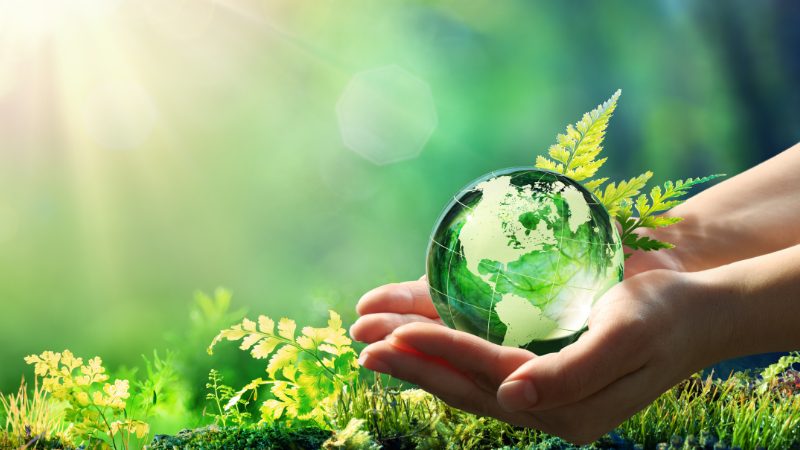Among global problems, shortage of water resources is considered one of the grand challenges humankind is facing. With growing industries, water consumption and wastewater treatment becomes more problematic. As the large-scale production of biopharmaceuticals increases worldwide, this industry sector has to develop strategies to minimize the environmental footprint as well.
The agriculture sector is by far the largest water consumer but the extent that manufacturing of biologics contributes to the global water consumption shall also not be underestimated. Despite the lack of knowledge about the impacts, water consumption in biotechnological processes starts to be addressed as well. For instance, the EU research program Horizon 2020 now requests that the impact on the environment has to be clearly demonstrated for all biotechnological processes.
Large-scale production leads to excess water consumption and correspondingly large wastewater streams, which need to be thermally treated in biopharmaceutical industry (= energy consumption). Commonly, 65 liters of highly pure water, similar to so-called water for injection (wfi), is needed for the manufacture of 1 g biopharmaceuticals. The generation of 1 liter wfi requires 10 to 40 liters of drinking water and a lot of energy.
Typical example for the production of 1 ton of biopharmaceutical per year
Estimation of drinking water savings:
1 000 000 (g biopharmaceutical produced per annum)
X 65 (L wfi spent per gram)
X 10 (amount of drinking water required for production of 1 L wfi)
X 0.9 (percentage wfi saved by new technology)
= 58 500 (m³ conserved water)
Estimation of energy savings:
1 000 000 (g biopharmaceutical produced per annum)
X 65 (L wfi spent per gram)
X 0.9 (percentage wfi saved by new technology)
X 800 (kJ required per liter of thermal waste water treatment)
= 4.7×106 (KJ saved energy)
Large volumes of water could be conserved, if more efficient processes were applied. Efficiency can be increased by buffer recycling and/or continuous purification strategies. In acib the working group of Alois Jungbauer develops such technologies. It has been shown, that the application of continuous chromatographic downstream processing with buffer recycling can save up to 90% of water. Furthermore, if buffer exchange or salt reductions in buffers is done by ion exchange chromatography at least 4-5 process volumes can be saved compared to membrane technologies, which are currently used in this industry.
Different strategies have been evaluated and it was found that the most economic and ecological benefit can be obtained by a combination of continuous processes with buffer recycling. Even though the biopharmaceutical industry is now also encouraged by the regulatory agencies to apply continuous processes, there is still hesitance. Therefore, it might be up to academia to invent and develop such technologies and provide a scientific base for industry. It has to be demonstrated that with this approach the environmental footprint of biopharmaceutical manufacturing can be lowered considerably.
Alois Jungbauer, Nicole Walch (2015), Buffer recycling in downstream processing of biologics. Chemical engineering Volume 10, November 2015, Pages 1-7, DOI: 10.1016
Nicole Walch, Alois Jungbauer (2017), Continuous desalting of refolded protein solution improves capturing in ion exchange chromatography: A seamless process. Biotechnology Journal 12(6); June 2017, DOI: 10.1002/biot.201700082
Picture credits: Pixabay
